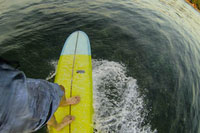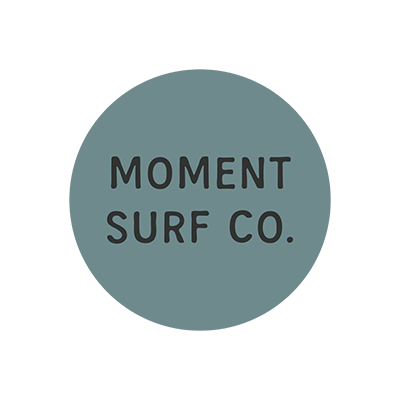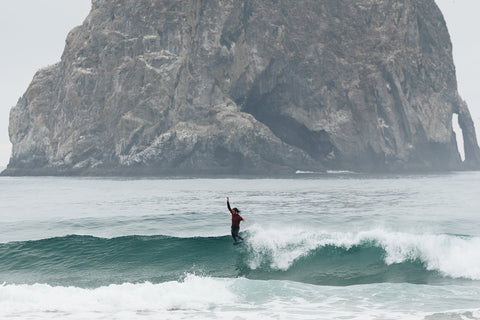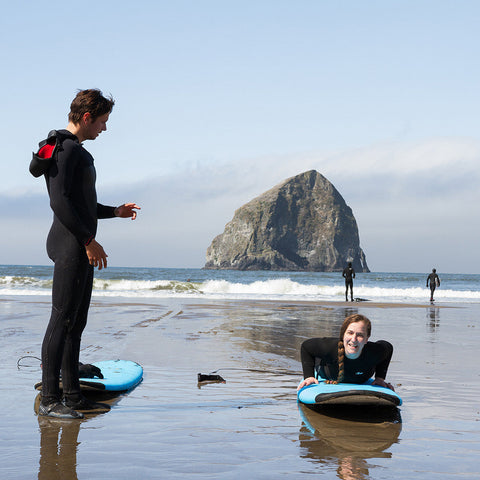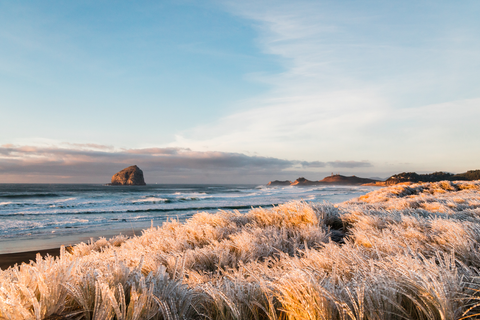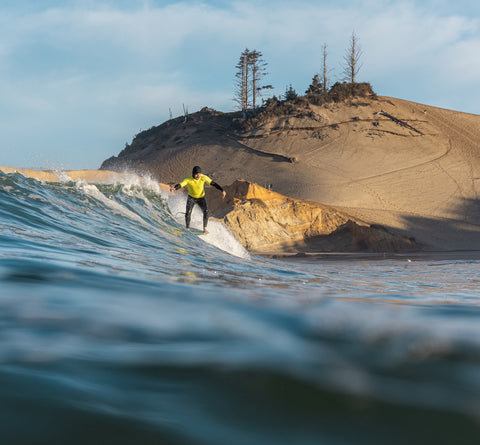I took a little trip down to Mexico earlier this month. Right before I left, I bought a GoPro Hero 3 Black edition from Moment to try out down there. I knew that I wanted to surf as much as possible, but I still wanted to be able to capture some good images of the trip, so I figured I'd try to mix the two.
I'm going to give you some of my thoughts on it and show you some samples, but I'm not going to go deeply into specs or technical info. There are plenty of other places online where you can get that kind of info.
First of all, the camera is so tiny. No matter how full your bags are, there would be room for this little camera. It also is very easy to seal and feel comfortable that it is watertight. Just make sure there's no sand, hair, or anything blocking the seal and you should be good to go.

It took a little bit of fiddling around to figure out how to navigate through the functions. It wasn't completely intuitive, but as I played with it I got more used to it. It's definitely worth reading the manual because there are a lot of different options.

For my purposes, I used the function that would take a photo every half of a second, and I also tried some of the slow motion video options. There are also options for things like 30 photos per second, but I didn't feel the need to try that out.

You can see some of the photos here, and also all of the water footage in the video was shot with the Go Pro as well. All of the footage from land was shot with another camera of mine.
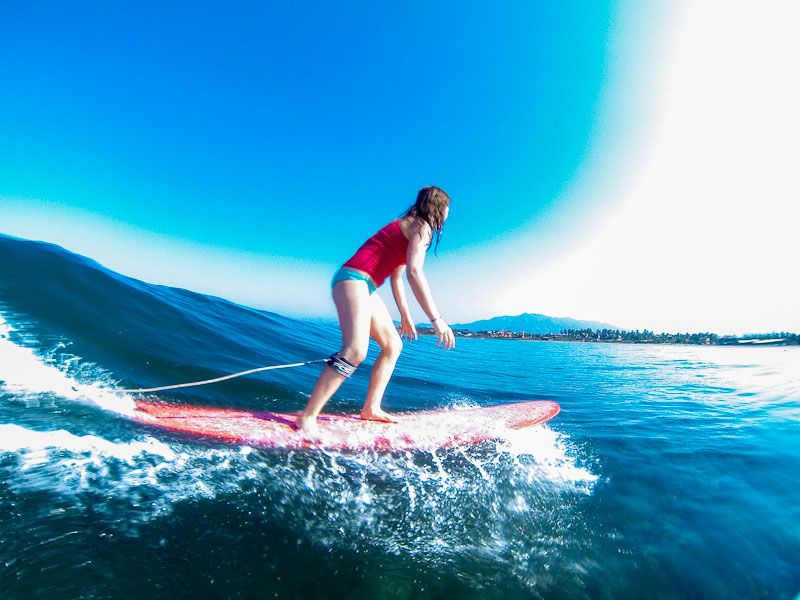
For the GoPro photos and video, I paddled around with the camera in my pocket mounted to a small floatation device called The Bobber from a company called GoPole. This allowed me to surf without having to worry about the camera on every wave. If I wanted to shoot photos or video, I could click the shutter as I started to paddle. I would then catch the wave, stand up, and as I was dropping in I could take the camera out of my pocket and hold it for the ride. When I finished the wave, I would click the shutter again to stop the recording.

It worked really well, and being on a point break certainly helped. Some of GoPro's other mounting options might work better for Oregon's quick beach breaks. (Board mount, chest mount, etc...) Plus there would be no pocket on my wetsuit to put the camera in. I don't like the board camera angle as much so I chose to do it a bit differently for this trip.

I'm very happy with the video quality. It's very smooth and the colors and exposure look great. The automatic exposure with the photos wasn't always as nice looking (you can see a couple photos where there is no detail in the sky because it's really over-exposed. I'm a little spoiled, though, since I have a water housing for my SLR and have mostly shot with that in the past. The water housing for my SLR offers a lot more control, but it is much more expensive, it takes a lot longer to set up, and is much larger, not allowing me to both surf and shoot photos at the same time.
For the price, I think this camera does an amazing job and it's definitely worth it to get unique photos and video that you wouldn't normally be able to get. Taking photos or video from the water is a lot more fun than shooting from the beach, especially when you get to surf at the same time. Or, you can manage to get some photos of your friends riding while you're paddling out, as I was able to do for some waves of my fiancé's.
I encourage you to check out GoPro's site for more info and for some sample videos, or stop into the shop to see the camera in person.

